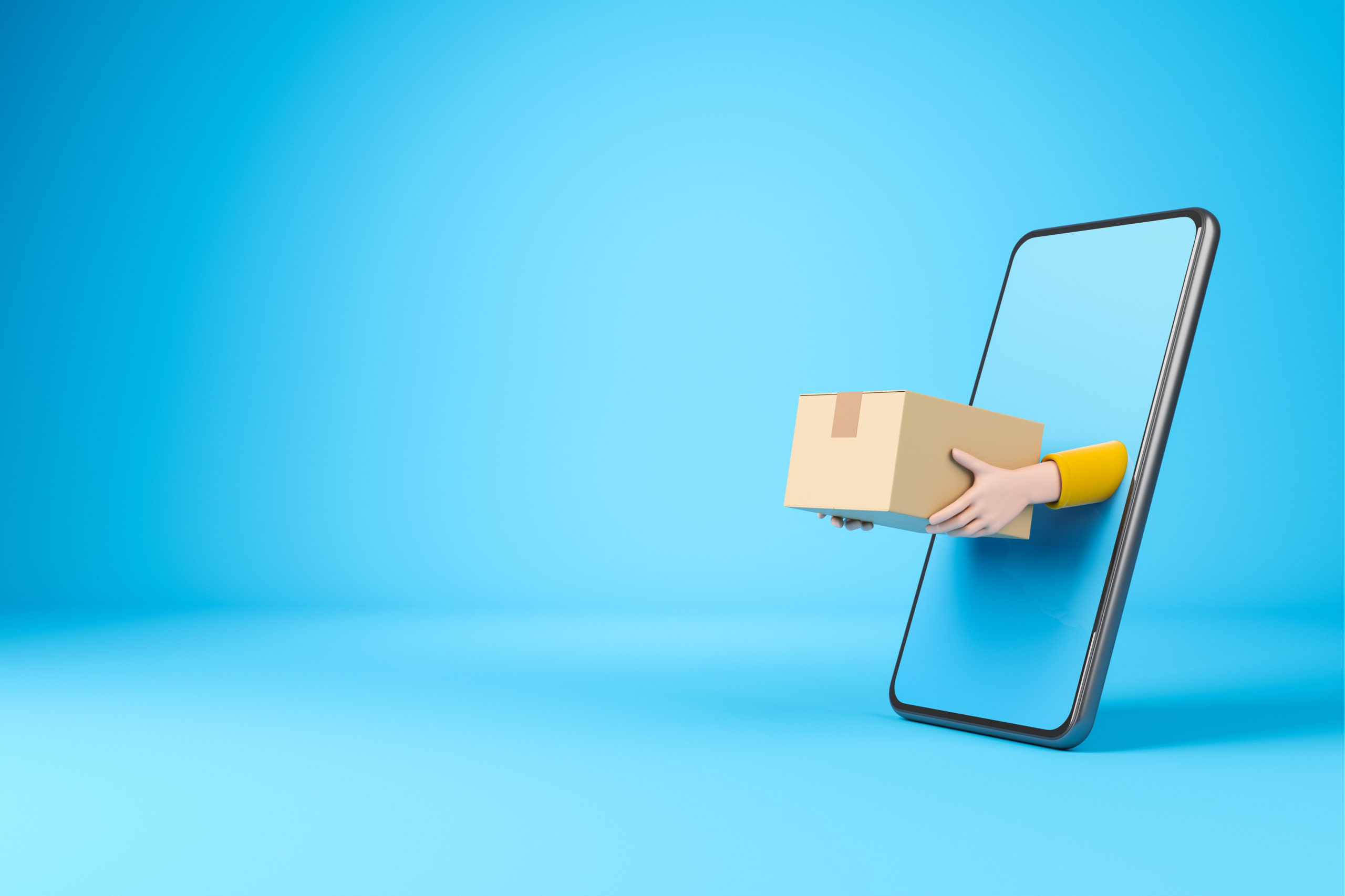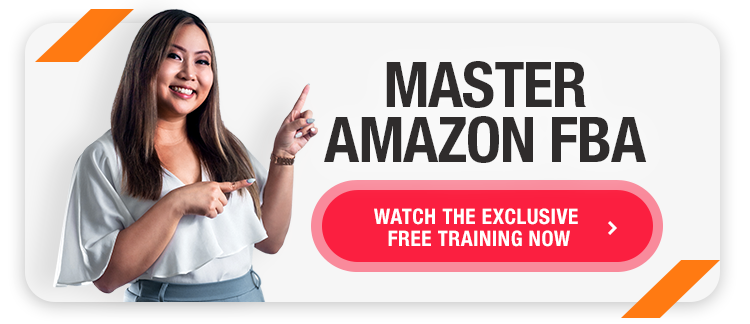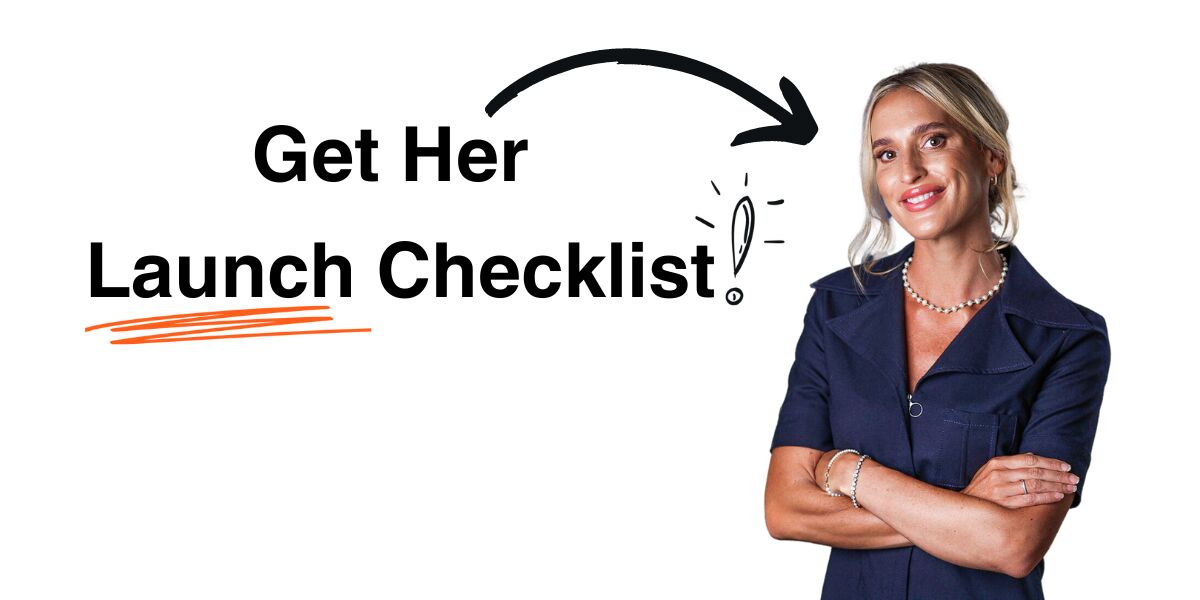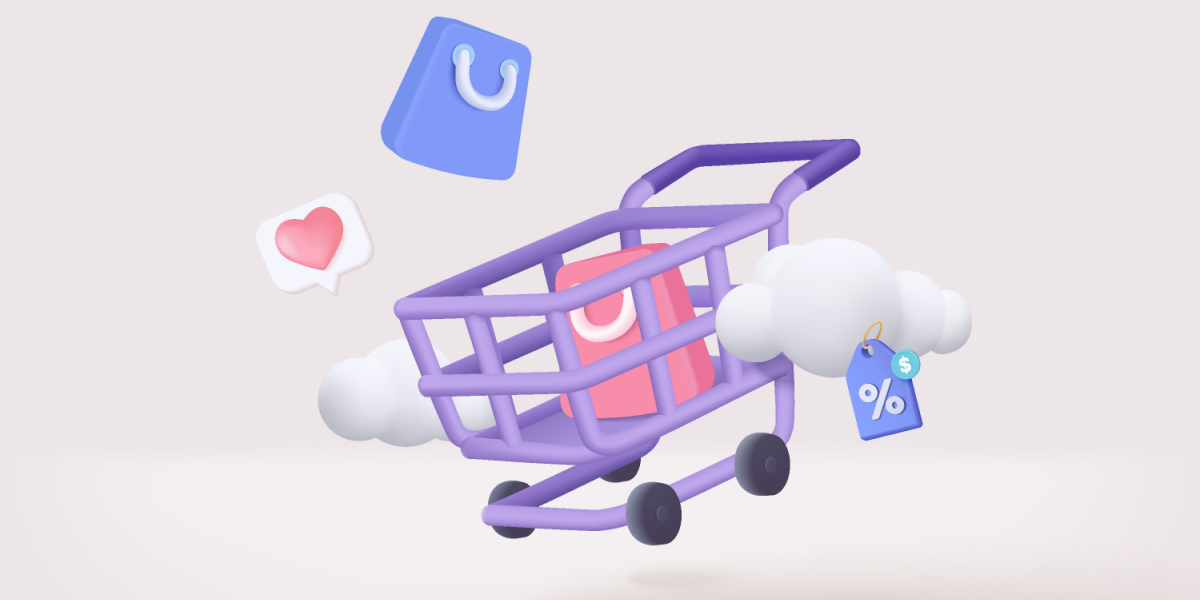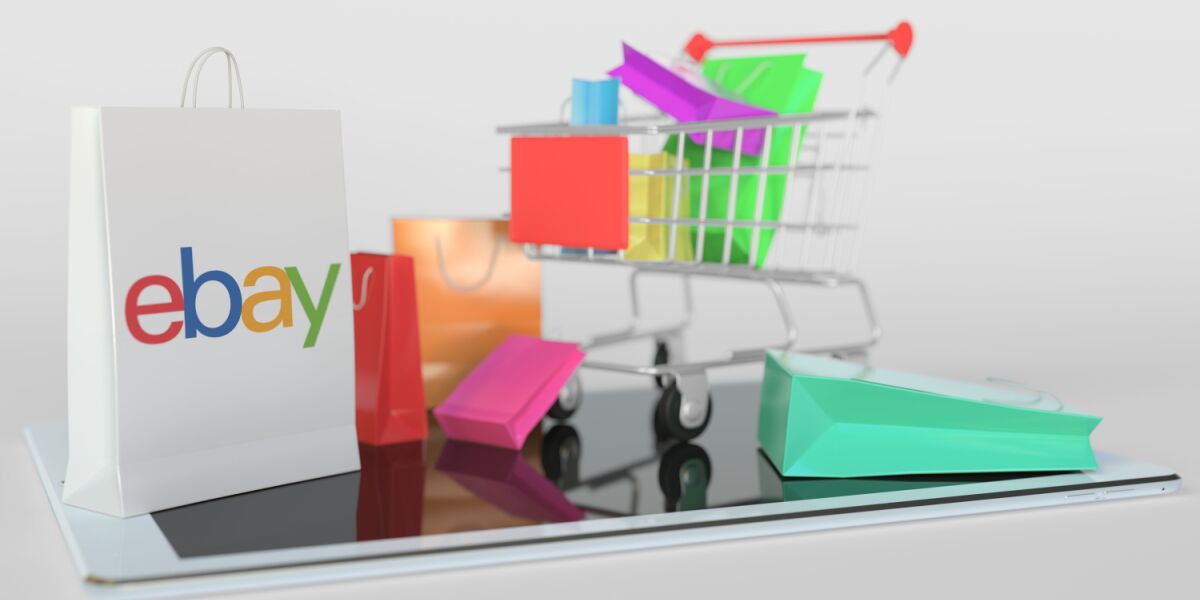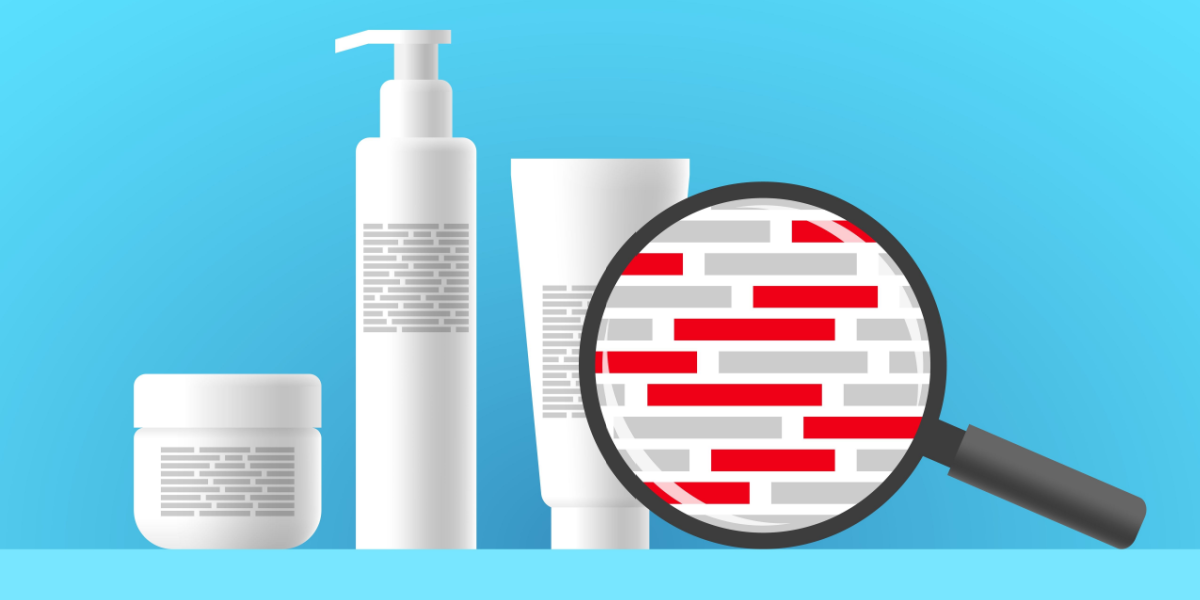Brainstorming, building, marketing, selling—these are the fun parts of starting a business. Packaging products, shipping orders, handling returns, and processing exchanges—these are the tedious, soul-crushing aspects.
Fulfillment by Amazon (FBA) keeps the boring chores off your plate. When you sign up for FBA, they do all the storing, packing, and shipping for you.
Instead of desperately looking around for the scissors and tape, you can get back to searching for industry-shaking solutions and business-changing innovations.
Because that’s what you really enjoy about running your business, right?
While Amazon FBA is a game-changer for startups, it’s not perfect. It has its pros and cons that make it right for some businesses and wrong for others.
This guide to how to sell on Amazon FBA will walk you through everything you need to know about using FBA. You’ll learn how Amazon FBA works, pros and cons, tips for selling through Amazon FBA, and ultimately if it’s the proper fulfillment method for your business.
What Is Amazon FBA?
FBA stands for Fulfillment by Amazon. Amazon offers FBA to make selling on the platform more approachable for various businesses. Whether you’re low on storage space or don’t have the bandwidth to process all your orders, FBA can make owning an ecommerce brand a realistic possibility.
Amazon has over 175 fulfillment centers around the world with millions of square feet of storage space. With FBA, Amazon will store your products on those shelves worldwide, label and ship orders, provide customer service for returns and exchanges, and grant your business advantages like automatic Prime eligibility and Free Super Saver Shipping.
The alternative to FBA is Amazon Fulfillment by Merchant (FBM)—that’s where you handle all the order fulfillment on your own. With FBM, you’ll be responsible for packaging, labeling, shipping, and ensuring the delivery of all your orders.
If a customer wants to make a return or an exchange, you’ll have to help make it happen. However, you’ll get to keep more profit from every sale you make—which leads us to how much FBA costs.
FBA Fees
Fulfillment by Amazon isn’t free. FBA offers amazing services, but you have to pay for them. All of them.
Amazon charges 5 types of FBA fees:
- Fulfillment Fees: per-unit costs for finding, packing, shipping, handling, customer service, and product returns.
- Monthly Inventory Storage Fees: monthly fees based on the volume of inventory you store in Amazon fulfillment centers.
- Long-Term Storage Fees: additional monthly fee for any item left in fulfillment centers for more than 365 days.
- Removal and Disposal Fees: per-item fee charged if you’d like Amazon to send your inventory back to you or dispose of it.
- Returns Processing Fees: fee charged on orders where Amazon offers free return shipping.
- Unplanned Service Fees: an additional charge made when Amazon receives your inventory without proper preparation or labeling.
Read more: Amazon FBA Fees: How to Calculate What FBA Will Cost You
What’s the Difference Between Dropshipping and Amazon FBA?
Amazon FBA and dropshipping have a lot in common, but the 2 aren’t completely the same. With FBA, you’ll be responsible for purchasing the merchandise and shipping it to Amazon. Amazon then processes orders and sends those products to the end buyers.
Amazon’s only responsible for storing the merchandise and shipping it—you still own it.
When you’re dropshipping, you don’t own the merchandise—you just sell it. You’re the middle person between suppliers and customers.
How Does Amazon FBA Work?
The Amazon FBA process is fairly simple. At a basic level, you ship your merchandise to Amazon, and they take care of the rest. Looking deeper into the details, here’s how Amazon FBA works:
- Send Your Products to Amazon FBA: Amazon will let you know which warehouse to send your products to—you just ship them there. To take one more step out of the process, work with your supplier to have them ship straight to the Amazon fulfillment center.
- Amazon FBA Stores Your Products: Amazon keeps your products safe in their warehouse until it’s ready to be shipped.
- Customers Find and Purchase Your Products: Once a customer makes a purchase, Amazon FBA processes the payment and updates your inventory.
- Amazon Delivers the Product: Amazon finds the product and packages, labels, and ships it to your customer.
- Amazon Takes Care of Customer Service: Amazon handles any delivery issues, returns, refunds, and exchanges.
- You Get Paid: Amazon deposits your earnings directly in your linked bank account.
What Do You Need to Do?
With Amazon doing all the picking, packing, and shipping, what’s there for you to do?
A lot.
It’s up to you to find, research, and source the right products. You still need to lower your expenses and boost your sales to ensure you make a profit, especially with Amazon FBA taking a fair cut.
You’ll also need to keep an eye on inventory levels. Amazon will let you know if inventory is running low, but you’ll need to send them additional products before they run out to avoid missing out on potential customers.
Remember, Amazon is mostly just storing and shipping your products—they’re not selling it for you.
Yes, you’ll get access to Prime status and free shipping options, but those are icing on the cake. You’ll be the one responsible for creating compelling product listings, doing keyword research, and getting photos (and video) to sell your merchandise.
Is Amazon FBA Worth It? (Pros and Cons)
Up to this point, Amazon FBA seems like a dream come true. And for many businesses, it is. However, it’s not the right solution for everyone.
Storage costs can start to build up, and profitability can tank after factoring in all the FBA fees. Plus, you miss out on branding opportunities—your goodies are going to arrive on customers’ doorsteps with the typical Amazon box.
To help you decide if Amazon FBA is worth it, we broke down the top pros and cons:
Pros of Amazon FBA
- Amazon Has a Reputation: People trust Amazon. When they order a product from the platform, they expect it to be delivered—the same can’t be said when they’re thinking of making an order from a site they’ve never heard of.
- You Gain a Competitive Advantage: Thanks to FBA, small businesses and startups can afford to offer free super-faster shipping. Now, you don’t have to lose out on modern-day shoppers who tremble at the thought of waiting 5+ days for an order.
- Reduced Overhead: Yes, you’ll have to pay for Amazon FBA, but there’s a good chance it’s less expensive than paying for your own storage, labeling, and delivery fees—especially if you factor in the high price of your own time.
- Operate Anywhere, Any Time: Take a vacation or a week off—it won’t impact your sales. Since FBA is taking care of your orders, you can operate your business from any location on your own schedule.
Cons of Amazon FBA
- FBA Fees: Amazon FBA has a cost. If you’re operating under teeny-tiny margins, you might not be able to afford the fees. You’ll need to dial in your inventory turnover to perfection to avoid incurring additional storage fees.
- Amazon Rules and Regulations: Amazon has many rules for preparing and shipping items to the correct warehouse. If you mess up, you’ll face delays, returns, and additional fees.
- Lost Brand Building Opportunity: Packaging can be a powerful marketing method for building brand awareness. When you use Amazon FBA, you’ll be stuck with standard packaging instead of custom-made.
- Potential for More Returns: Amazon makes it incredibly easy to return products—and that can come back to bite you. While you won’t have to do the processing, too many returns can hurt your bottom line.
9 Tips for How to Sell on Amazon FBA Like a Pro
1. Start Small. Scale Slow.
You might be anxious to get started with Amazon FBA, but take it slow. Taking your time will help you adjust to the processes, mitigate mistakes, and use data to determine future decisions.
Start with a single product. Figure out all the details about shipping your products to Amazon and moving inventory in and out of their warehouses.
If you’re making a consistent profit, scale your business. Add additional products (one at a time) to FBA and see if it continues to work.
It’ll take time to get the hang of things and learn best practices. You may find that some products get high return rates through FBA, and you may decide to sell those through self-fulfillment.
Don’t rush into things. Amazon and its millions of customers aren’t going anywhere anytime soon.
2. Test Your Products Before You Choose FBA
Not every product will do well under the FBA model. It’s a competitive marketplace, and you may find less profitable products don’t help your bottom line.
Test your products under self-fulfillment before migrating over to FBA. This will help you gain a solid understanding of how many sales you can expect and what your monthly inventory needs to look like.
Read more: Amazon Seller FAQs
3. Optimize Your Inventory Turnover Ratio
You pay for FBA storage, so don’t waste money on products with low turnover rates. Don’t invest in too much inventory until you’ve tested a product and know it sells.
For example, Xbox controllers would have a higher turnover rate than Xboxs—people need multiple controllers and replacement controllers but only a single console.
Calculate your inventory turnover ratio with this formula:
Average Inventory = (Beginning Inventory + Ending Inventory) / 2
You have to walk a fine line between keeping inventory stocked and not burning your budget on storage. Too little inventory, and you’ll miss out on interested customers. Too much inventory, and you’ll waste money on short-term and long-term warehouse fees.
Inventory turnover is flexible. Depending on your product, you may burn through stock during the summer and barely make sales during the winter—that’s something you’ll need to factor in when deciding how much inventory you send Amazon FBA.
4. Hire to Scale
Amazon FBA can help scale your business, but it’s not a one-stop shop for growth. Remember, it’s only helping package products, ship goods, and process returns—that’s it.
You’ll still need help writing listing pages, selling your products, reviewing analytics, pricing your merchandise, and researching future products. It’s a lot to handle, especially if you’re trying to do it alone.
Consider hiring help to grow your business. Copywriters can create beautiful listing pages, designers can illustrate product benefits, photographers can capture your merchandise in the best light (literally), and SEO specialists can guarantee your listings rank for the right keywords.
It takes a village, even if you’re using Amazon FBA—just a slightly smaller village.
5. Create Systems and Processes
Get strategic about how you use Amazon FBA. Create a schedule for when you’re going to check inventory levels and plan restocks. Set a recurring time for when you’re going to review analytics.
Check the progress of your pages to see how you’re competing. Consider targeting different keywords, adjusting prices, or finding a new niche.
If you’re doing well, look for ways to scale your success. If something is not right, take care of it now before it becomes a bigger issue.
Amazon provides an amazing amount of data through Seller Central, but it can be as overwhelming as sifting through Cheesecake Factory’s menu. Determine your goals, outline your key performance indicators (KPIs), and stay focused.
6. Earn the Coveted Amazon Buy Box Placement
Usually, multiple businesses are selling the same product through a listing on Amazon. However, when a buyer clicks “Add to Cart” or “Buy Now,” that sale is only attributed to one company.
Amazon rotates who gets this privilege. It uses several factors to determine which business will receive the Buy Box placement. Here are a few:
- Shipping method
- Shipping time
- Inventory depth
- On-time delivery
- Pricing
- Feedback ratings
- Valid tracking rate
- Customer response time
- Refund rate
Of course, Amazon gives high rankings to anyone using FBA because it guarantees fast, on-time shipping. Thus, using Amazon FBA will improve your chances of earning the coveted Buy Box. However, you’ll need to stay on top of the other factors, too.
7. Build Your Brand Reputation
Your brand reputation becomes incredibly important, especially if you don’t currently have Buy Box status for your products. When a customer browses through potential sellers, they’re looking for a brand they recognize and trust.
Build your reputation by:
- Ensuring on-time delivery
- Earning positive feedback
- Pricing your products competitively
- Delivering the right products in excellent condition
- Responding to customer questions and reviews
You might find it hard to earn sales from the get-go, especially if you’re charging for shipping. Price yourself competitively, win those few initial sales, earn that positive feedback, and you’ll begin seeing more success.
Beyond stars, you want to earn quality customer reviews. While online buying confidence has grown in recent years, buyers still want to see real-life positive reviews of products before purchasing.
Read more: Is Selling On Amazon Worth it? Get Your Questions Answered
8. Price to Maximize Profitability
Amazon FBA will take a chunk out of your profits—there’s no getting around that. You’ll need to price yourself competitively but also ensure FBA doesn’t cause you to lose profitability.
Don’t fall into the trap of running on razor-thin margins that cause you to lose money selling products. Know your margins, and adjust your prices accordingly.
This might mean you need to lower your manufacturing costs or bump up your prices. However, if you price yourself too high, you won’t make sales—if that’s the case, that product might not do well on Amazon FBA.
9. Bundle Items When Possible
Anything and everything is sold on Amazon. For sellers, that’s a blessing and a curse. Yes, buyers are looking through the platform to purchase everything from soccer jerseys to toothbrushes, but dozens of near-identical sellers list the same products.
Make your products stand out with bundling. Bundling items helps you create a separate product listing, which can help you stand out from the competition. You’ll likely discount items in your bundle to make it more appealing to buyers, and this can help you earn more buyers—and, if the margins are right, higher profits.
Prepare Your Amazon Business with Proven Training
Starting an Amazon FBA business is easy—making it successful is hard work. Let us help you.
Melisa Vong has built 2 multi-million dollar brands on Amazon and is now sharing her successful strategies with you.
Explore our free Amazon training to gain the competitive advantage you need to succeed on Amazon.
